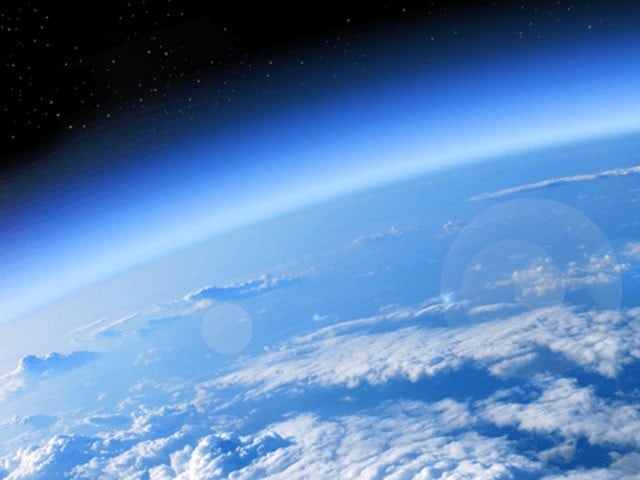Breathing on Earth seems straightforward for humans today, but in the early days, oxygen diffusion was not so simple.
According to a new study, which scientists call the “Great Oxidation Event” (GOE), it took about 2.5 billion years for oxygen to accumulate in the Earth’s atmosphere.
The research, led by University of Utah geochemist Che Ostrander, focused on oceanic crust from the Transvaal Supergroup in South Africa. Research examining stable thallium (Tl) isotopes and redox-sensitive elements, revealed changes in ocean oxygen (O2) levels consistent with changes in ambient oxygen.
Assistant Professor Chee Ostrander said this event (GOE) took place at least 20 million years ago, and the accumulation of oxygen (O2) in the ocean has been difficult to date.
During Earth’s early half-life, the atmosphere and oceans were largely devoid of oxygen. Cyanobacteria produce this gas before GOE, but it will disappear after reaction with minerals and volcanic gases.







